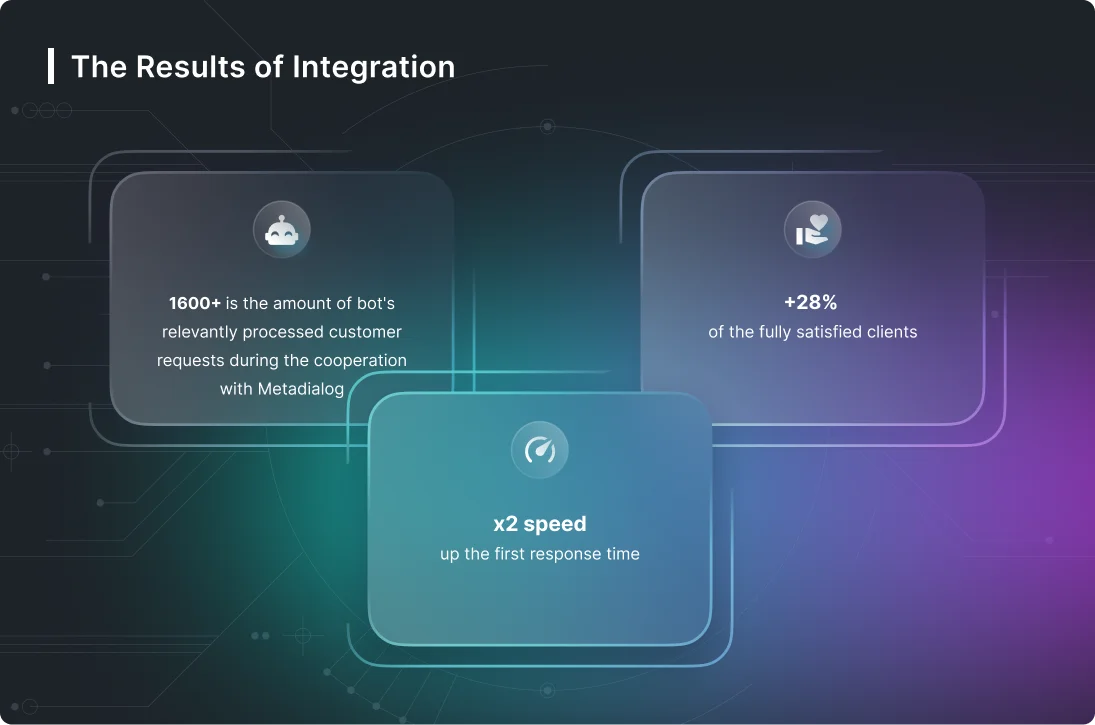Semantic Features Analysis Definition, Examples, Applications

It’s not just about understanding text; it’s about inferring intent, unraveling emotions, and enabling machines to interpret human communication with remarkable accuracy and depth. From optimizing data-driven strategies to refining automated processes, semantic analysis serves as the backbone, transforming how machines comprehend language and enhancing human-technology interactions. One can train machines to make near-accurate predictions by providing text samples as input to semantically-enhanced ML algorithms. Machine learning-based semantic analysis involves sub-tasks such as relationship extraction and word sense disambiguation.
In the case of semantic analysis, the overall context of the text is considered during the analysis. Natural Language Processing or NLP is a branch of computer science that deals with analyzing spoken and written language. Advances in NLP have led to breakthrough innovations such as chatbots, automated content creators, summarizers, and sentiment analyzers. The field’s ultimate goal is to ensure that computers understand example of semantic analysis and process language as well as humans. On the one hand, the third and the fourth characteristics take into account the referential, extensional structure of a category. In particular, they consider the members of a category; they observe, respectively, that not all referents of a category are equal in representativeness for that category and that the denotational boundaries of a category are not always determinate.
Sentiment Analysis
If the sentence within the scope of a lambda variable includes the same variable as one in its argument, then the variables in the argument should be renamed to eliminate the clash. The other special case is when the expression within the scope of a lambda involves what is known as “intensionality”. Since the logics for these are quite complex and the circumstances for needing them rare, here we will consider only sentences that do not involve intensionality. In fact, the complexity of representing intensional contexts in logic is one of the reasons that researchers cite for using graph-based representations (which we consider later), as graphs can be partitioned to define different contexts explicitly. Figure 5.12 shows some example mappings used for compositional semantics and the lambda reductions used to reach the final form. The following first presents an overview of the main phenomena studied in lexical semantics and then charts the different theoretical traditions that have contributed to the development of the field.

If someone searches for “Apple not turning on,” the search engine recognizes that the user might be referring to an Apple product (like an iPhone or MacBook) that won’t power on, rather than the fruit. The world became more eco-conscious, EcoGuard developed a tool that uses semantic analysis to sift through global news articles, blogs, and reports to gauge the public sentiment towards various environmental issues. This AI-driven tool not only identifies factual data, like t he number of forest fires or oceanic pollution levels but also understands the public’s emotional response to these events.
Linking of linguistic elements to non-linguistic elements
Based on the understanding, it can then try and estimate the meaning of the sentence. In the case of the above example (however ridiculous it might be in real life), there is no conflict about the interpretation. Moreover, QuestionPro might connect with other specialized semantic analysis tools or NLP platforms, depending on its integrations or APIs. This integration could enhance the analysis by leveraging more advanced semantic processing capabilities from external tools. Semantic analysis systems are used by more than just B2B and B2C companies to improve the customer experience.
How to Chunk Text Data — A Comparative Analysis – Towards Data Science
How to Chunk Text Data — A Comparative Analysis.
Posted: Thu, 20 Jul 2023 07:00:00 GMT [source]
The graph and its CGIF equivalent express that it is in both Tom and Mary’s belief context, but not necessarily the real world. Note that to combine multiple predicates at the same level via conjunction one must introduce a function to combine their semantics. The intended result is to replace the variables in the predicates with the same (unique) lambda variable and to connect them using a conjunction symbol (and).
Applications of Semantic Analysis in Natural Language Processing
Search engines can provide more relevant results by understanding user queries better, considering the context and meaning rather than just keywords. Indeed, discovering a chatbot capable of understanding emotional intent or a voice bot’s discerning tone might seem like a sci-fi concept. Semantic analysis, the engine behind these advancements, dives into the meaning embedded in the text, unraveling emotional nuances and intended messages.
By sticking to just three topics we’ve been denying ourselves the chance to get a more detailed and precise look at our data. Let’s say that there are articles strongly belonging to each category, some that are in two and some that belong to all 3 categories. We could plot a table where each row is a different document (a news article) and each column is a different topic. In the cells we would have a different numbers that indicated how strongly that document belonged to the particular topic (see Figure 3). Ontology editing tools are freely available; the most widely used is Protégé, which claims to have over 300,000 registered users. Under the terms of the licence agreement, an individual user may print out a single article for personal use (for details see Privacy Policy and Legal Notice).
